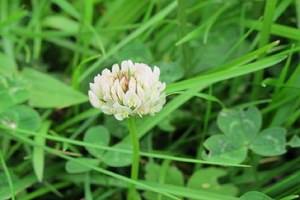We use cookies on our website, for full details please see our Privacy Policy. We would like your consent to use cookies that allow us to give you a personalised experience and advertise to you elsewhere on the internet. Click ALLOW if you’re happy for us to do this. You can also choose to disable all optional cookies by clicking DISABLE.


